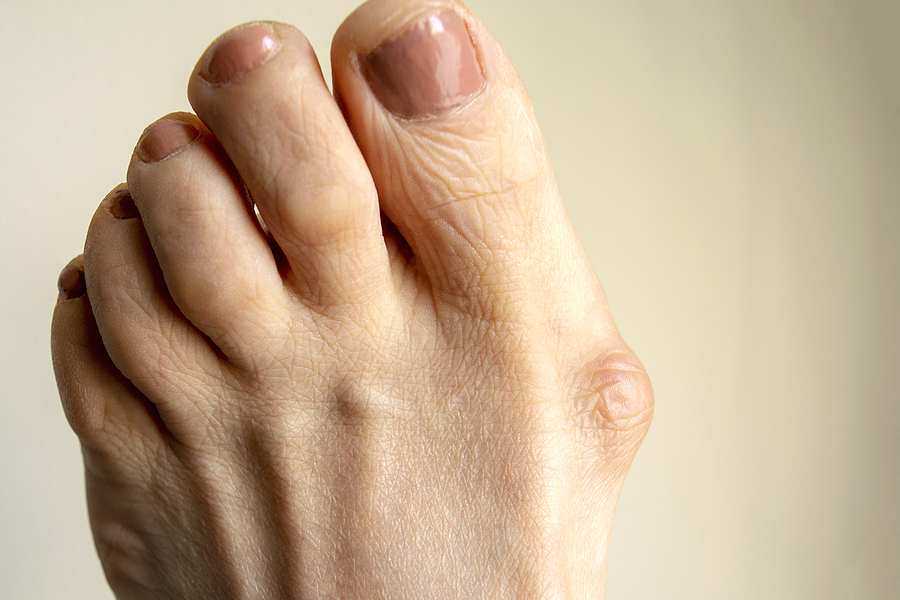
Preventing Bunions
They say prevention is the best medicine. And while it’s not truly possible to prevent a bunion if one has begun to form, there is a lot you can do to slow or even stop further development. Direct treatment along with lifestyle changes is the best method for slowing the progression of bunions and reducing any possible symptoms or pain. Here’s what you can do.
Manage Your Weight
We probably hear this enough from all our doctors, but this can truly make a difference in stopping the development of a bunion. The big toe joint is critical for walking and standing. Take steps to work your way toward a healthy weight. Reducing your total body weight by just one pound reduces four pounds of pressure from your feet and lower body!
Shoe Changes
Shoes are a big factor in bunion development, so this may seem obvious but it’s worth noting. According to a few scientific studies, between 63% and 72% of people are wearing the wrong size length and width of shoe. A too short and too narrow shoe can press against the toes and cause misalignment, contributing to a bunion forming.
We don’t like to say shoes “cause” bunions, but they definitely push things in the wrong direction. It’s best to get a formal shoe fitting from the FAAWC or a trusted shoe store such as Road Runner, Fleet Feet, or the New Balance store.
Splinting
There are plenty of “magical” devices out there claiming to straighten your toe joint via a simple splint. Splinting is still important, but mostly in that it mitigates symptoms during the day, not because it reverses the position of the joint.
Icing
Bunions result when the big toe joint is under stress. When this happens, you can be sure inflammation is occurring. Use nature’s best anti-inflammatory and ice your big toe joint for at least 15 minutes at the end of the day.
Physical Therapy
Just like the rest of your body, your toes should be flexible and nimble. You can maintain flexibility in the joint by performing simple exercises such as picking up marbles with your toes or doing heel raises. Central Ohio Physical Therapy, located within FAAWC, can help set you up with the right regimen to gain or keep your toe flexibility.
If you see a bump forming at the base of your big toe or your big toe seems to be turning toward your other toes, you should see a foot doctor right away. Early treatment and prevention from further development are critical for keeping bunions at bay. Call FAAWC for your appointment today.
Leave a reply